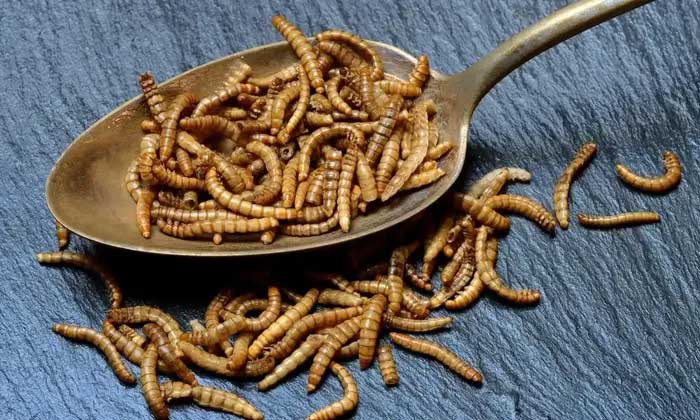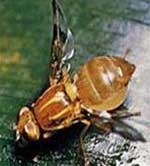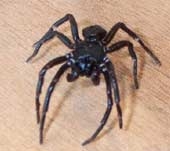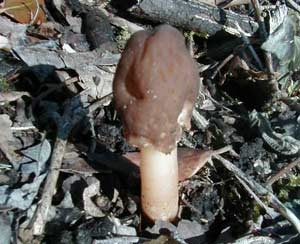Insect-based flavoring made from mealworms may one day be used in convenience foods as an alternative protein source to meat.
Scientists have discovered that insects can be transformed into meat-like flavors, providing a more environmentally friendly solution compared to traditional meat options.
Mealworms, which are the larval form of the yellow mealworm beetle, when cooked with sugar, become a meat-like flavoring, indicating the potential for this ingredient to be used in convenience foods as a protein source in the future.

Mealworms cooked with sugar become a meat-like flavoring.
Although mealworms have primarily been used as snacks for pets or bait for fishing, they hold the potential to replace animal meat. The livestock industry has a negative impact on the climate, as well as on air and water quality.
Expert Cho In-hee from Wonkwang University (South Korea) stated that insects are a nutritious and healthy food source rich in fatty acids, vitamins, minerals, fiber, and high-quality protein, similar to meat.
“Many consumers actually prefer and need animal protein in their diets. However, traditional livestock farming produces more greenhouse gas emissions than cars. In contrast, insect farming requires less land, water, and feed compared to traditional livestock farming,” the expert said.
For a long time, insects such as mealworms and crickets have been considered familiar ingredients in the cuisines of Asia, Africa, and South America. However, people in Europe and North America tend to be more squeamish about eating insects, although recently some restaurants and supermarkets have made efforts to offer insect options to consumers.
Researchers hope that using mealworms as a meat-like flavoring can help change this perception. A new study will be presented to the American Chemical Society this week, showing the flavors released when mealworms are heated with sugar, with proteins and sugars interacting to form caramel in a range of meat-like flavors.
Researchers found that different processing methods yield different results. Steamed mealworms produce a buttery popcorn-like aroma, while roasted and fried versions resemble shrimp more closely. A group of volunteers was used in taste tests to identify the most delicious dishes made from mealworms.
Global food production is responsible for about one-third of total greenhouse gas emissions released into the atmosphere, with livestock farming being the primary contributor to these emissions. Raising and feeding livestock consumes approximately 80% of the Earth’s agricultural land.
Meanwhile, insects can be raised in large quantities in small spaces and have been recognized by the Food and Agriculture Organization of the United Nations as a valuable potential protein source to feed the growing global population, projected to exceed 9 billion by 2050.





















































